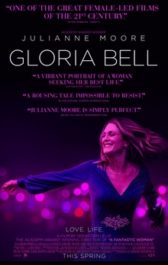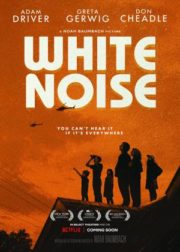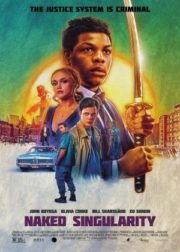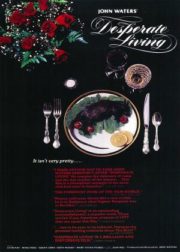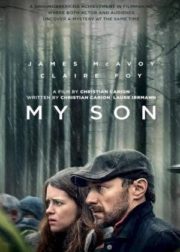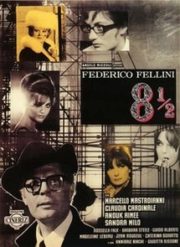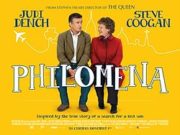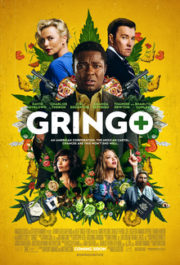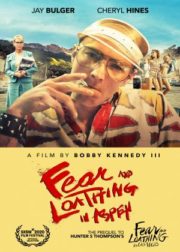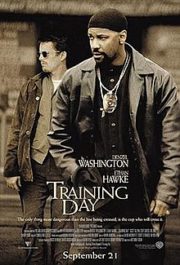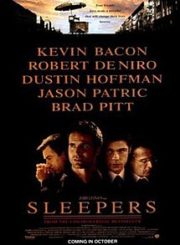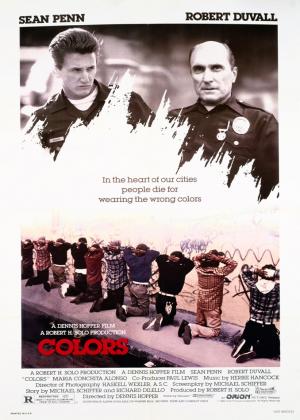
Submit your review | |
Released in 1988, Colors is a powerful crime drama directed by Dennis Hopper that delves into the violent world of gang culture and the challenges faced by law enforcement officers in Los Angeles. The film stars Sean Penn as Officer Danny McGavin, a seasoned police officer, and Robert Duvall as Officer Bob Hodges, a veteran cop on the brink of retirement. Together, they are assigned to the gang-ridden neighborhoods of East Los Angeles.
Colors offers an unflinching portrayal of gang life and the intense conflicts between rival gangs in Los Angeles. The film explores the complexities of the gang culture, the deep-rooted societal issues that contribute to its existence, and the impact it has on the lives of individuals and communities. It delves into themes of loyalty, honor, and the cycle of violence, providing a gritty and realistic depiction of a volatile environment.
The performances in Colors are exceptional, with Sean Penn and Robert Duvall delivering powerful and nuanced portrayals of their respective characters. Penn brings a raw intensity to the role of McGavin, a fearless and impulsive officer driven by his own sense of justice. Duvall, on the other hand, portrays Hodges as a seasoned and compassionate officer who navigates the complexities of the job with wisdom and empathy. Their chemistry and contrasting approaches to policing create a compelling dynamic throughout the film.
One of the standout aspects of Colors is its authentic and immersive portrayal of the gang culture. The film captures the distinct visual style, music, and language of the time, providing an atmospheric backdrop for the story. It offers a glimpse into the challenges faced by both the police and the gang members, highlighting the moral dilemmas and blurred lines between good and evil.
The cinematography by Haskell Wexler is gritty and realistic, capturing the vibrancy of the urban landscapes while also emphasizing the darkness and danger that lurks within. The film's use of vibrant colors and dynamic camera movements adds to the intensity and urgency of the narrative.
Colors also addresses the complex relationship between the police and the communities they serve. It explores the struggles and tensions faced by officers in their attempts to maintain law and order while building trust and understanding with the residents. The film does not shy away from portraying the flaws and shortcomings of the police force, offering a nuanced perspective on the challenges of effective policing.
While Colors is an engaging and thought-provoking film, it occasionally falls into some predictable narrative patterns and character archetypes. Some of the supporting characters lack depth and could have been further developed. Additionally, the film's ending may leave some viewers craving a more conclusive resolution.
Overall, Colors is a gripping and gritty crime drama that offers a realistic and unflinching portrayal of gang culture and policing in Los Angeles. It is driven by strong performances, authentic storytelling, and a commitment to exploring the complexities of its subject matter. If you appreciate compelling character-driven dramas that tackle societal issues with depth and authenticity, Colors is a film worth exploring.

